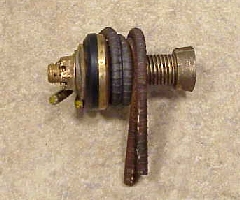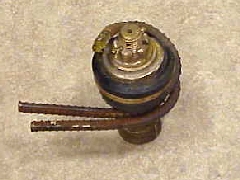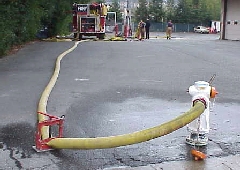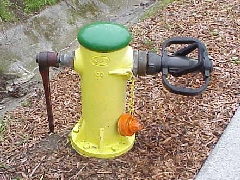© 2001 Capt. Willis Lamm, Water Supply Officer, Moraga-Orinda (CA) Fire District |
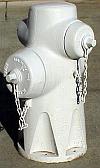 A construction or fire crew is shutting down a fire hydrant but the water doesn't
stop flowing. Typically their first reaction is to crank down harder on the spanner.
After all, the valve must not have closed all the way.
A construction or fire crew is shutting down a fire hydrant but the water doesn't
stop flowing. Typically their first reaction is to crank down harder on the spanner.
After all, the valve must not have closed all the way.
Oftentimes the reason the valve may not have closed is due to the fact that some kind of debris is stuck in the valve. Forcing the valve closed on a hard object will likely only result in damaging the valve seal, or worse, damaging the valve seat and bending the stem. All sorts of debris may be present in water mains including broken off pieces of scale, gravel, and tools or construction materials that juveniles enjoy tossing into open pipes during construction projects. Getting these materials out of the system is one important reason for hydrant testing, however not all materials blow clear of hydrants during in-service tests and they could appear any time the hydrant is flowed at high volume. |
This valve was cut out of a new hydrant.
|
| SAFE SHUT DOWNS |
We worry about water damage from flowing hydrants but fighting a valve that won't
shut down will usually not help stem the flow of water and wastes valuable time.
If a hydrant fails to shut down properly here are some options to try in lieu of
damaging the valve.
|
Using a hose clamp
|
|
Costs for repairing a damaged hydrant valve can run into hundreds of dollars. Don't fight with a hydrant that won't shut down. Use the resources that you have available to you in order to mitigate the problem without causing further damage to the hydrant. | |
Return to Water Supply Index
Back to Information Section
|
Unless otherwise noted, all contents of these WWW pages © 1996-2002, FireHydrant.org |
